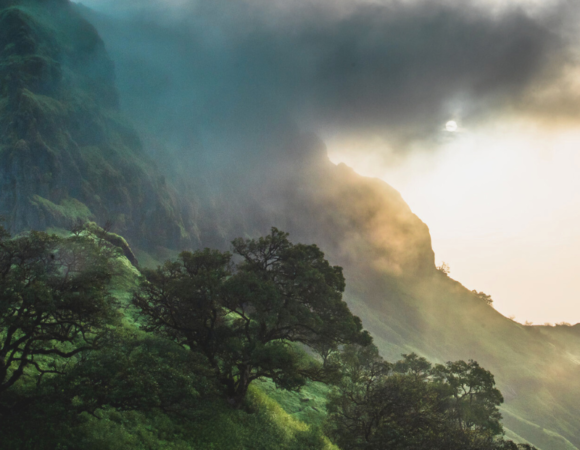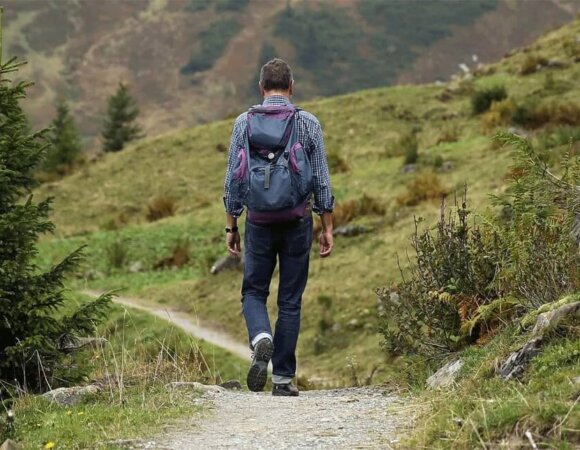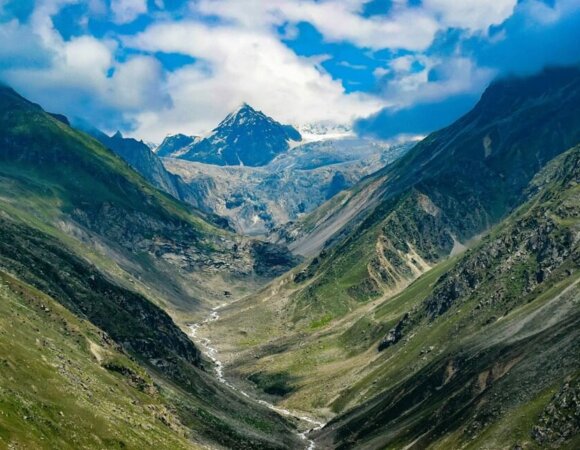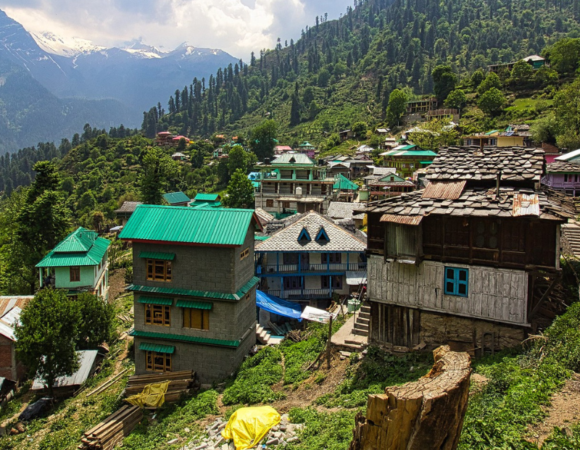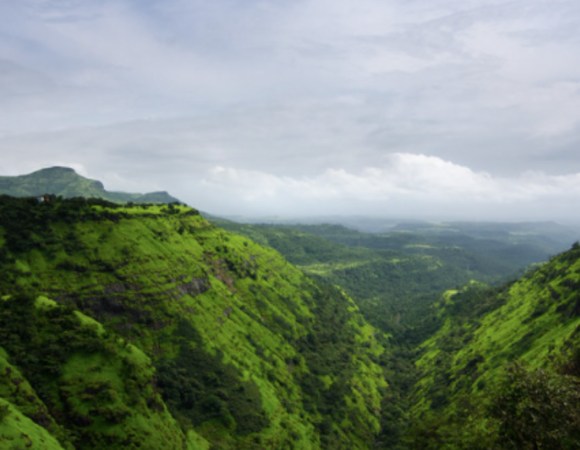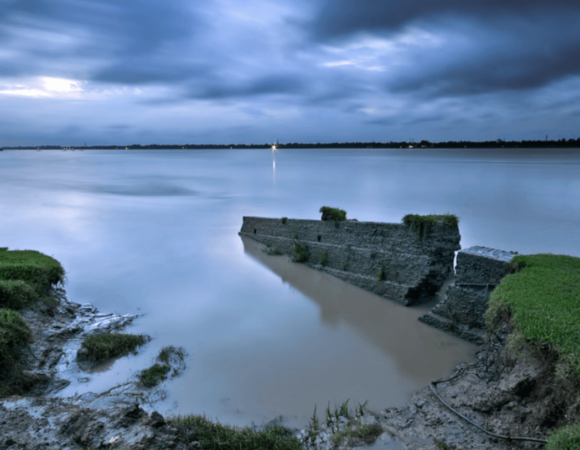Trek Your Way: 12 Types of Trekking to Experience • Scoutripper
Types of trekking offer more than just walking; they provide a journey into the wild, a chance to connect with nature, and a way to escape the noise of everyday life. Imagine hiking through stunning landscapes, where every step brings a new adventure. For many, trekking is a favorite outdoor activity because it offers both physical exercise and a mental refresh. Whether you’re walking along a mountain path or exploring a forest trail, trekking invites you to breathe deeply and savor the world around you.
Table of Contents
ToggleThe Colors of the Trekking Community
The trekking community is like a vivid tapestry, woven together by people of various backgrounds, ages, and perspectives. You’ve got leisurely walkers who enjoy a gentle stroll, and then there are the hardcore adventurers who tackle steep climbs and rugged terrains. Some people trek for fitness, while others might seek peace. This diversity adds flavor to the trekking experience, making each trip unique. Just like a potluck dinner, everyone brings something different to the table, enhancing the overall experience.
Why Different Types of Trekking Matter
Understanding the different types of trekking can significantly improve your own experiences on the trail. Think about it: If you know you’re hiking with someone who enjoys taking their time, you might opt for a more scenic route for many photo stops. If you’re with a group looking for a challenge, you might push yourself to climb that steep hill and enjoy the stunning view from the top.
Knowing your fellow trekkers helps you plan outings. Are they seasoned hikers, or are they just starting? This insight can distinguish between a frustrating day and an unforgettable adventure.
So let’s find out the different types of trekking you can see on the trail and find which are you.
1. The Adventure Trekking
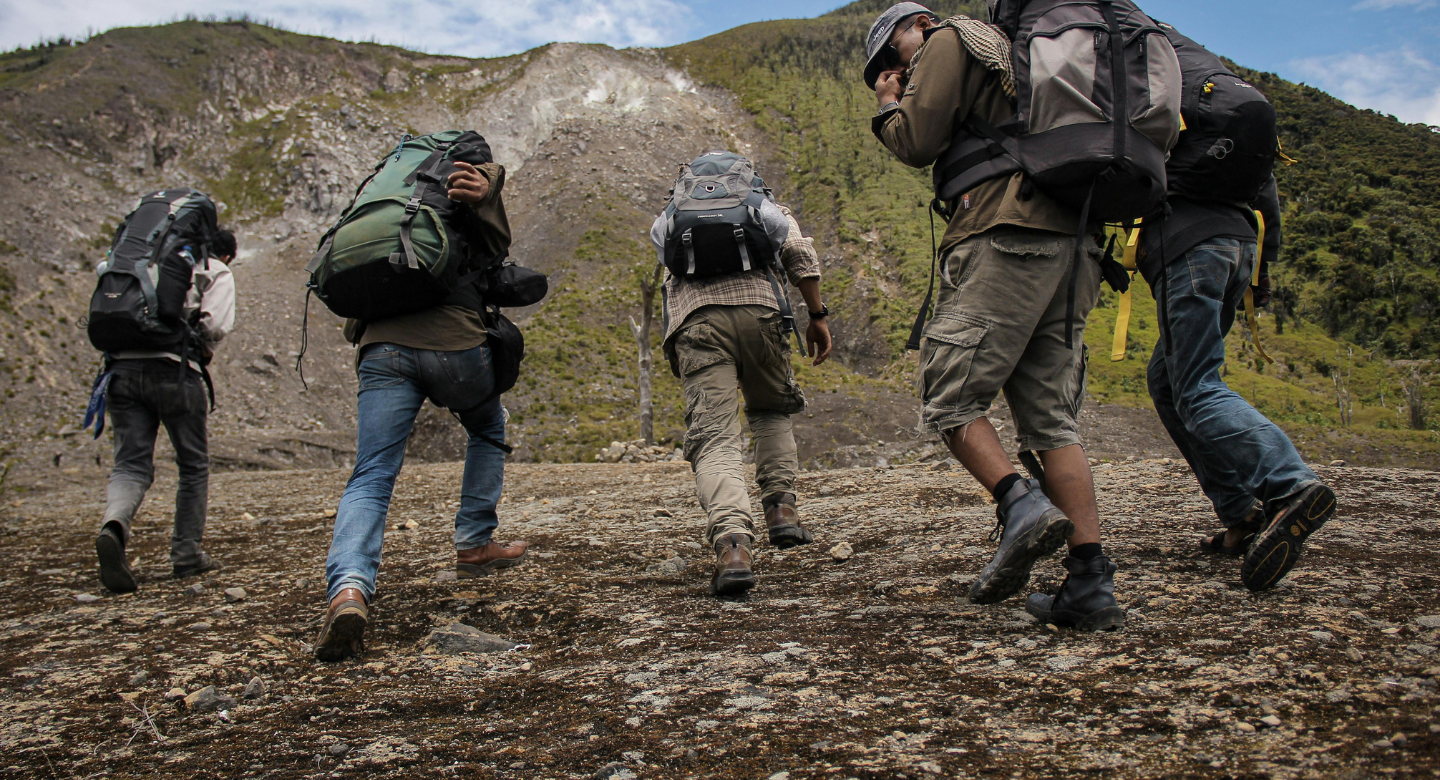
Adventure trekking is designed for thrill-seekers who crave the pulse-pounding excitement of challenging routes and high-risk paths. This type of trekking pushes physical and mental limits, offering adrenaline-filled journeys through rugged terrains. Iconic adventure treks like the Mount Everest Base Camp and the Annapurna Circuit attract trekkers eager to conquer extreme altitudes and demanding conditions. Every step on these treks presents a new challenge and rewards adventurers with breathtaking views and unmatched experiences.
2. Nature Trekking
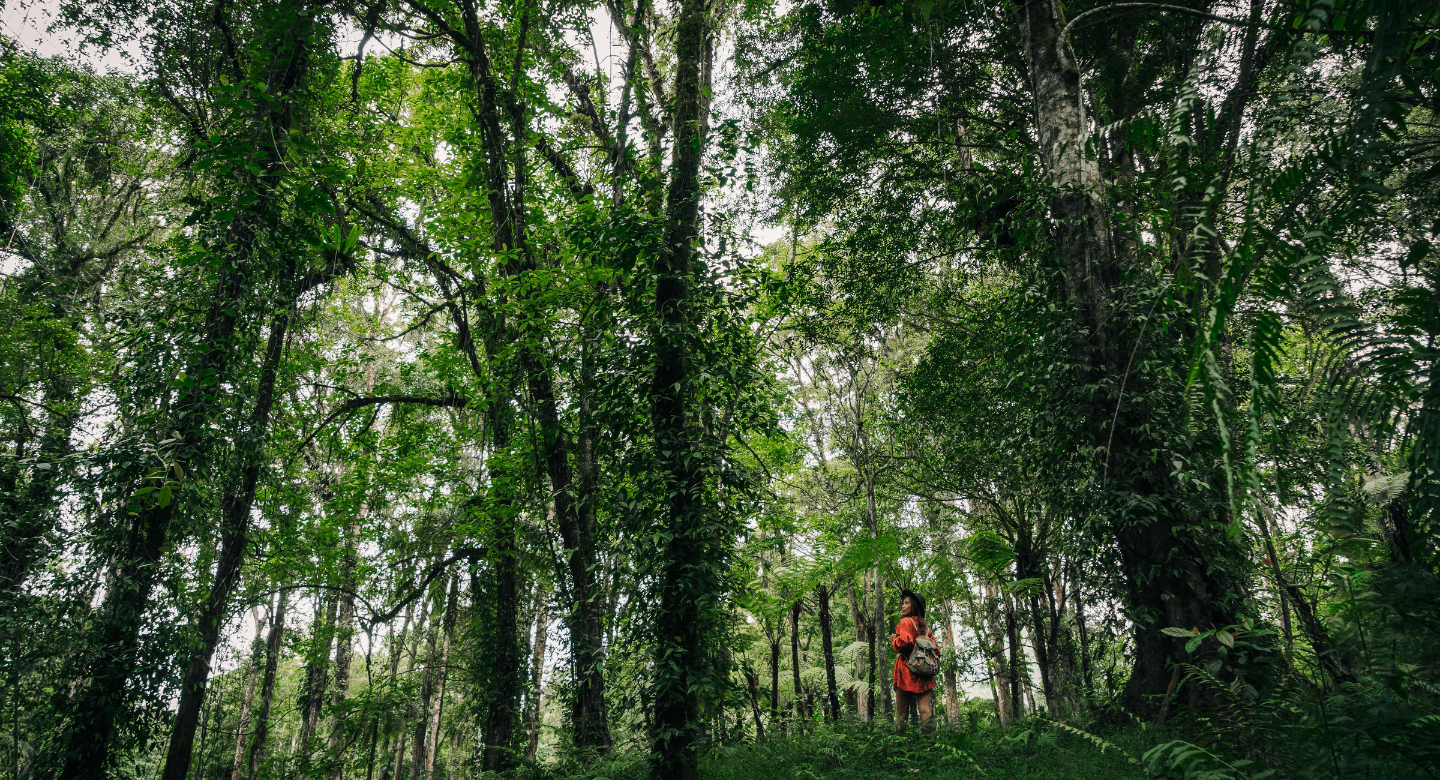
Nature trekking is perfect for those who find joy in immersing themselves in the beauty of natural landscapes. This type of trekking focuses on experiencing the lush scenery, diverse wildlife, and unique flora and fauna along the trails. Trekkers often explore serene routes like the Valley of Flowers or the Dayara Bugyal Trek, where every turn reveals nature’s intricate wonders. Nature trekking encourages a slower, more mindful pace, allowing travelers to appreciate the sounds of birds, the rustling of leaves, and the vibrant colors of wildflowers.
3. The Spiritual Seeker
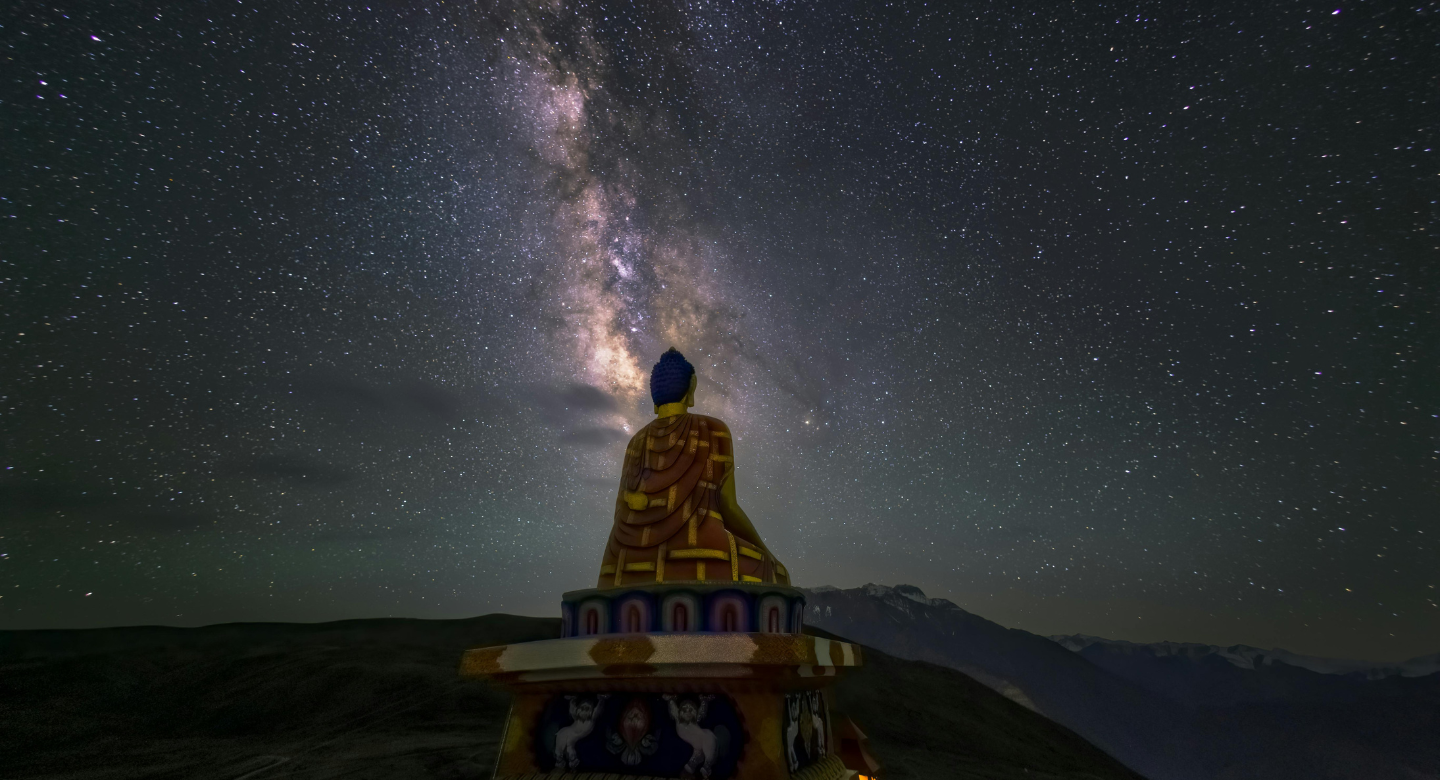
Spiritual trekking is a journey of self-discovery, mindfulness, and inner peace. This type of trekking allows individuals to connect deeply with themselves and their surroundings. Routes such as the Kheerganga Trek or the Hemkund Sahib Trek are popular among those seeking spiritual enlightenment. Spiritual trekking often involves meditation, reflection, and participation in local rituals, offering trekkers a sense of renewal and tranquility in the serene embrace of nature.
4. Eco-Conscious Trekking
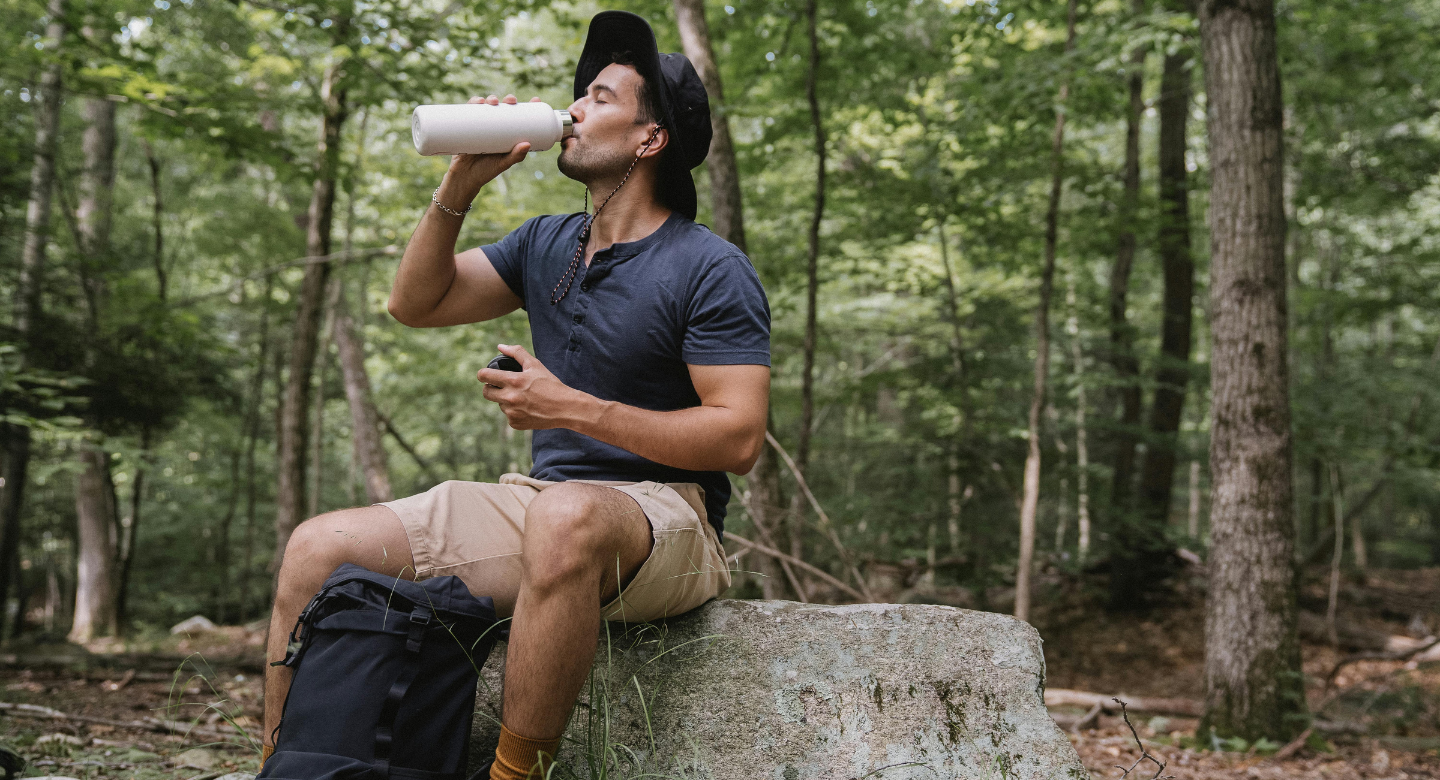
Eco-conscious trekking focuses on minimizing environmental impact and preserving natural beauty. This type of trekking attracts individuals dedicated to sustainable practices, such as using reusable bottles, biodegradable products, and eco-friendly gear. Popular routes like Kareri Lake and Har Ki Dun are ideal for eco-conscious trekking due to their emphasis on sustainability. Trekkers often participate in cleanup drives and practice the “Leave No Trace” principle, inspiring others to protect and respect the environment for future generations.
5. The Social Trekking
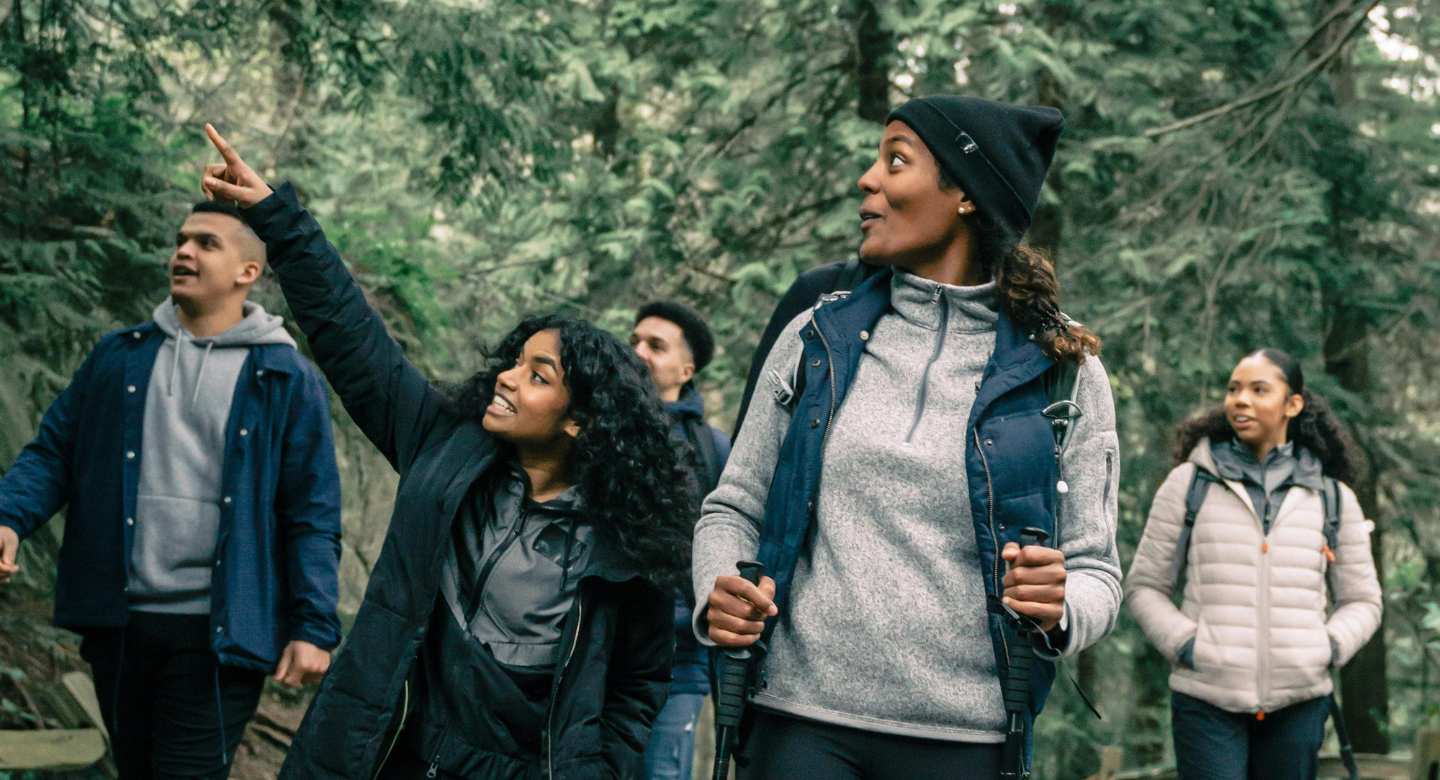
Social trekking is about connecting with people and sharing memorable experiences on the trail. Popular routes like Triund and Bhrigu Lake attract those who enjoy group treks, campfire chats, and forming new friendships. Social trekkers often inspire community and share their adventures on social media, celebrating the joy of togetherness in trekking.
6. The Photographer’s Trekking
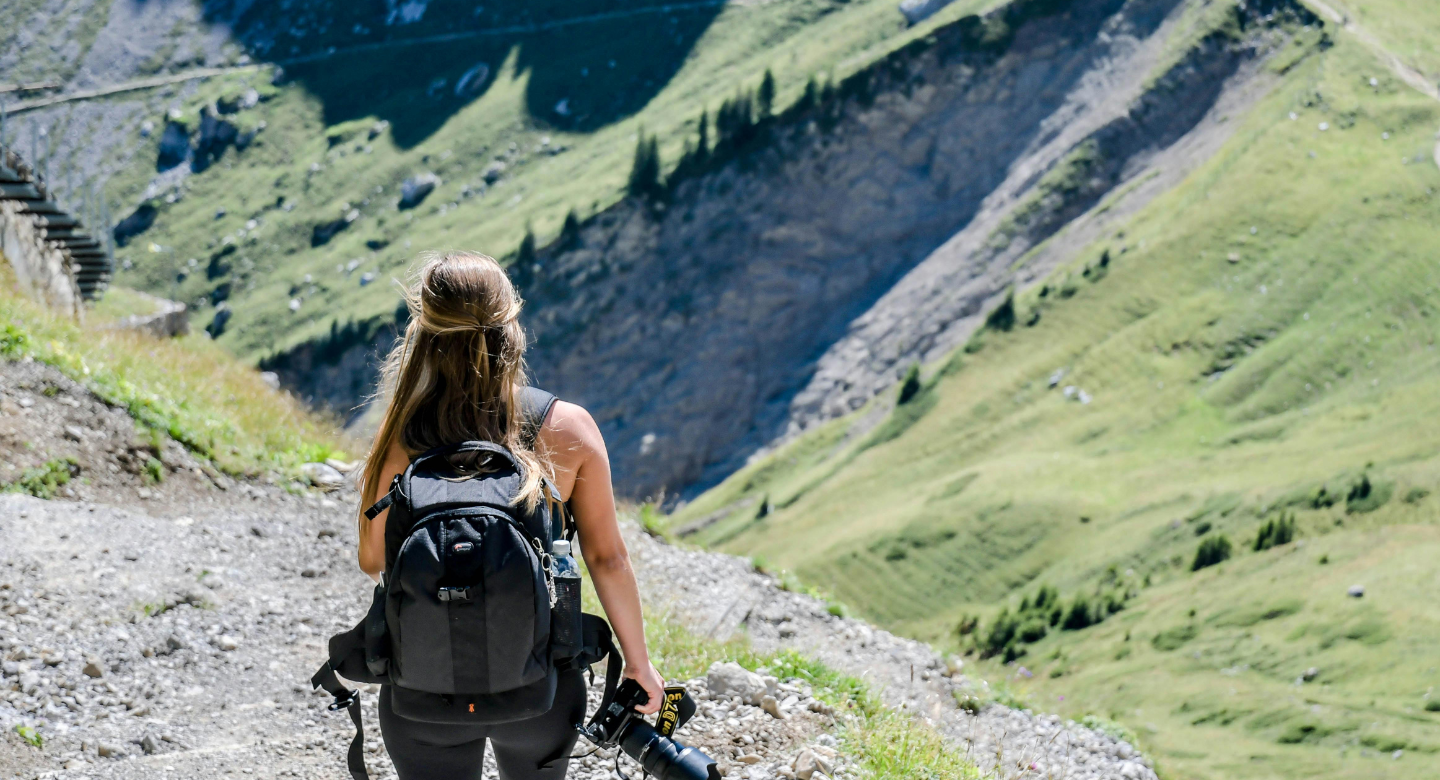
Photography enthusiasts find trekking an opportunity to capture nature’s beauty. Scenic routes like the Chadar Trek and Hampta Pass provide stunning backdrops. For photographers, every trek is a canvas to document landscapes, wildlife, and moments that bring the trails to life.
7. The Fitness Trekking
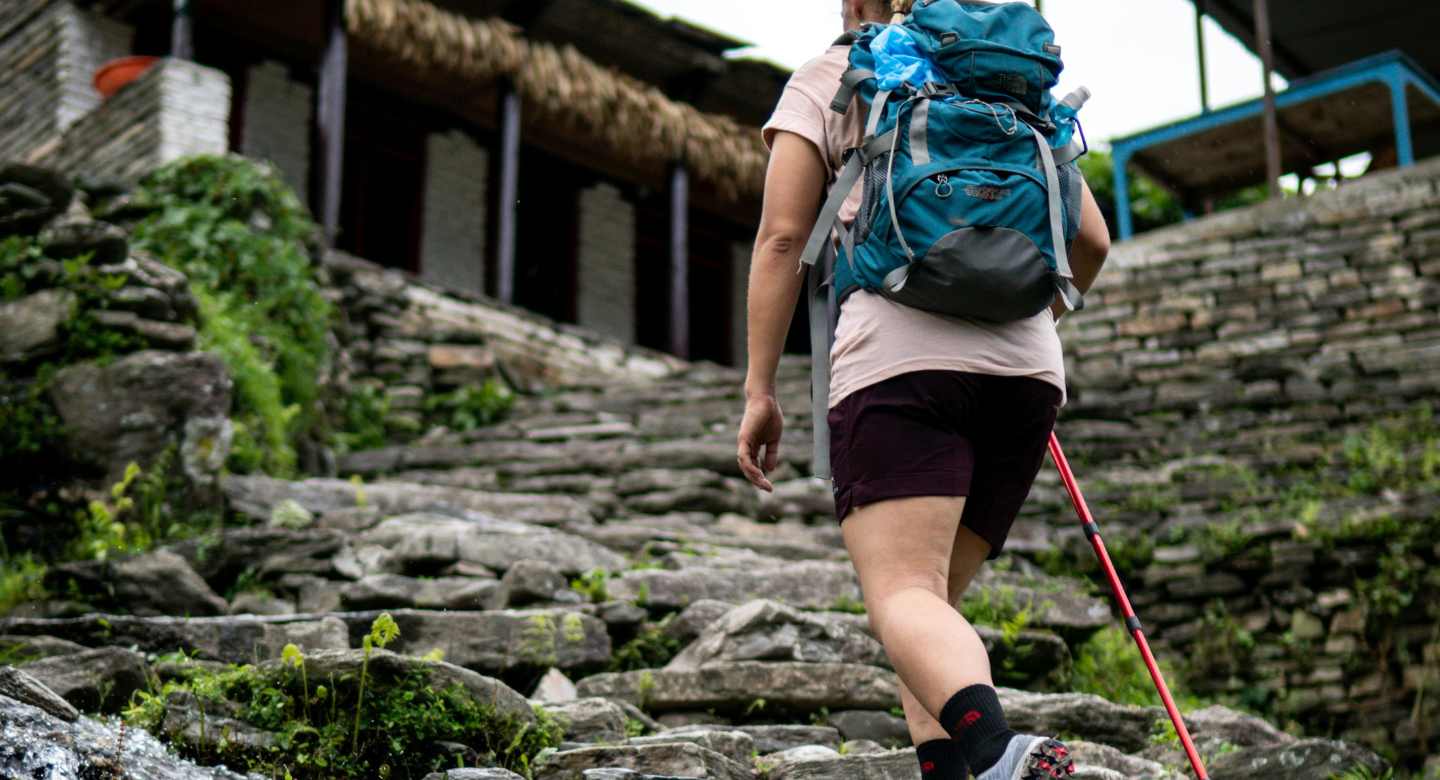
Fitness trekking is ideal for those seeking physical challenges and endurance tests. Treks like Stok Kangri and Roopkund demand preparation, strength, and stamina. Fitness enthusiasts see each climb as a testament to their hard work and dedication to maintaining health.
8. The Backpacker or Budget Trekking
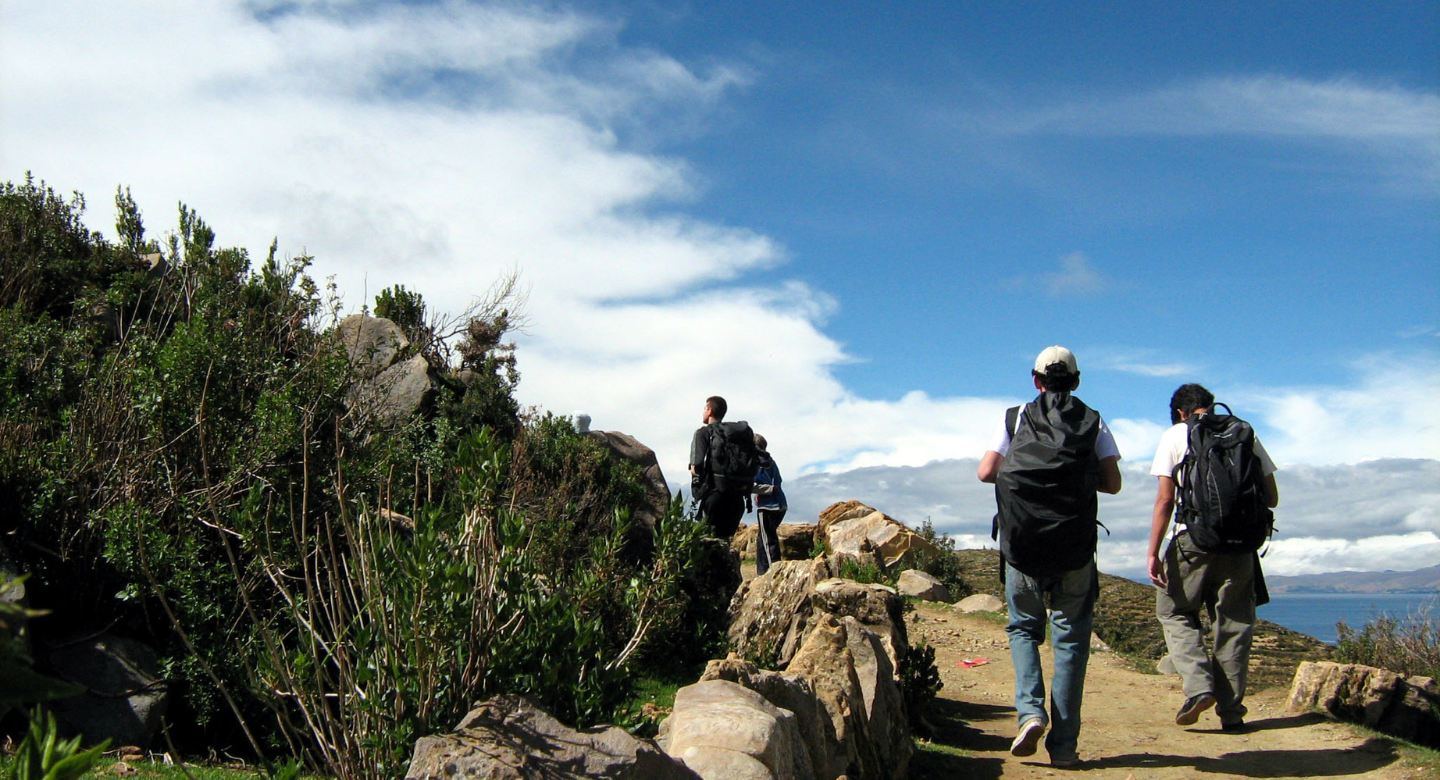
Budget trekking appeals to adventurers who value resourcefulness and spontaneity. Affordable routes like Parvati Valley and Nag Tibba offer scenic beauty without breaking the bank. These trekkers embrace local culture, simple stays, and minimal expenses to make every journey fulfilling.
9. The Family Trekking
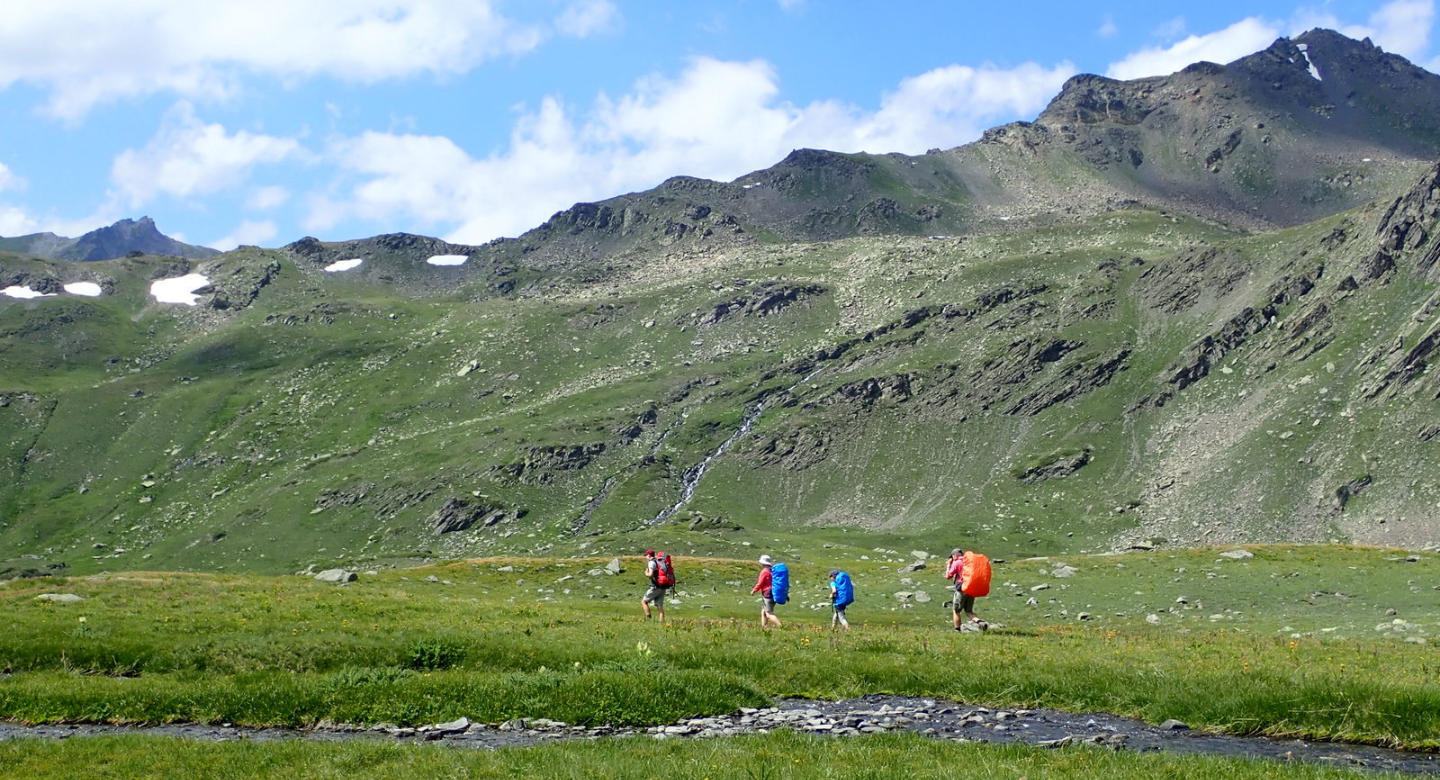
Family trekking focuses on bonding and creating memories across generations. Easy trails like Kasol-Kheerganga and Chopta-Chandrashila are perfect for all ages, ensuring safety and fun. Trekking as a family deepens connections while exploring the outdoors together.
10. The First-Time or Novice Trekking
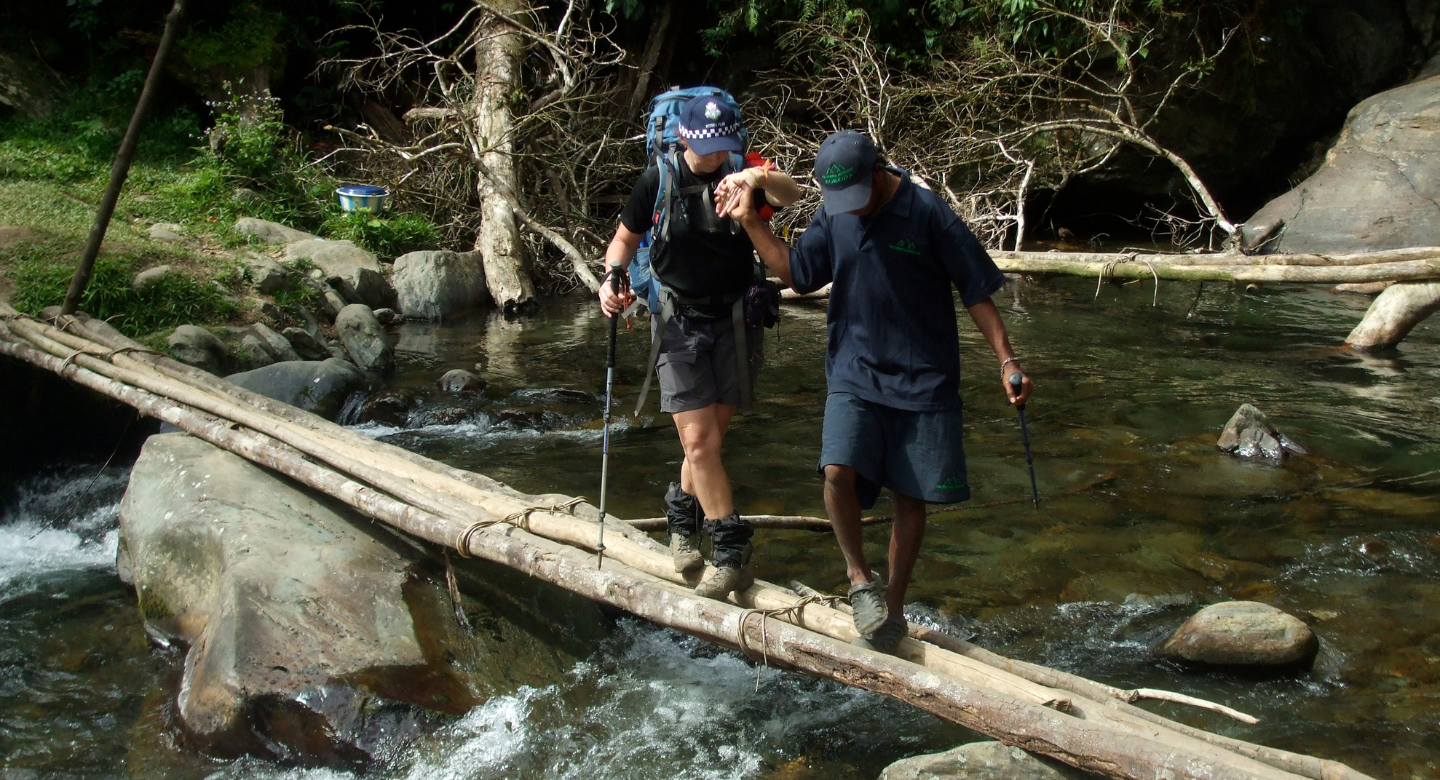
First-time trekking is for beginners exploring the world of trails. Easy routes like Triund and Deoriatal-Chandrashila allow novices to learn trekking basics while enjoying nature. Every step is a new adventure, building confidence for future treks.
11. The High Altitude Trekking
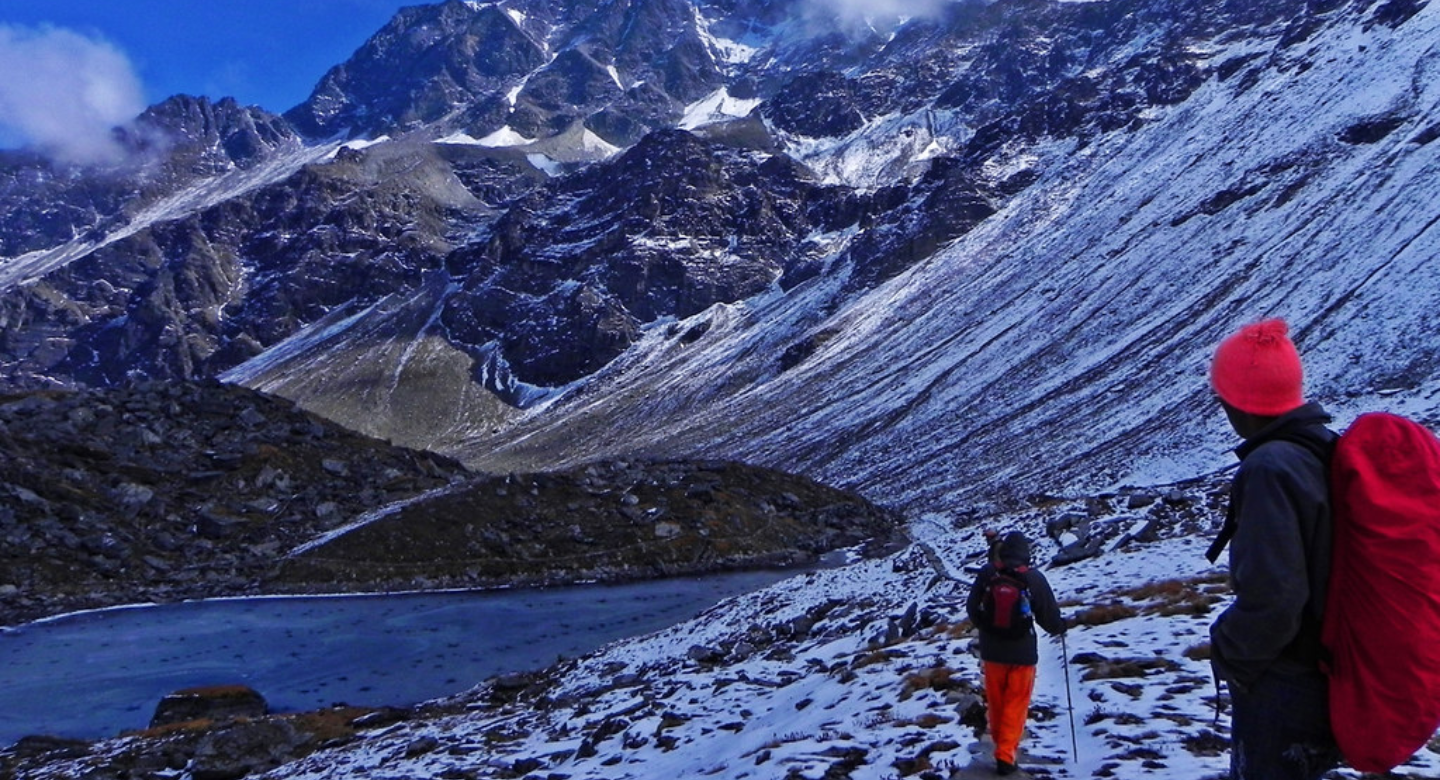
High-altitude trekking is for thrill-seekers aiming for lofty peaks. Trails like Kanchenjunga Base Camp and the Annapurna Circuit offer challenges that demand preparation and resilience. These treks reward adventurers with breathtaking views and unmatched accomplishment.
12. The Weekend Trekking
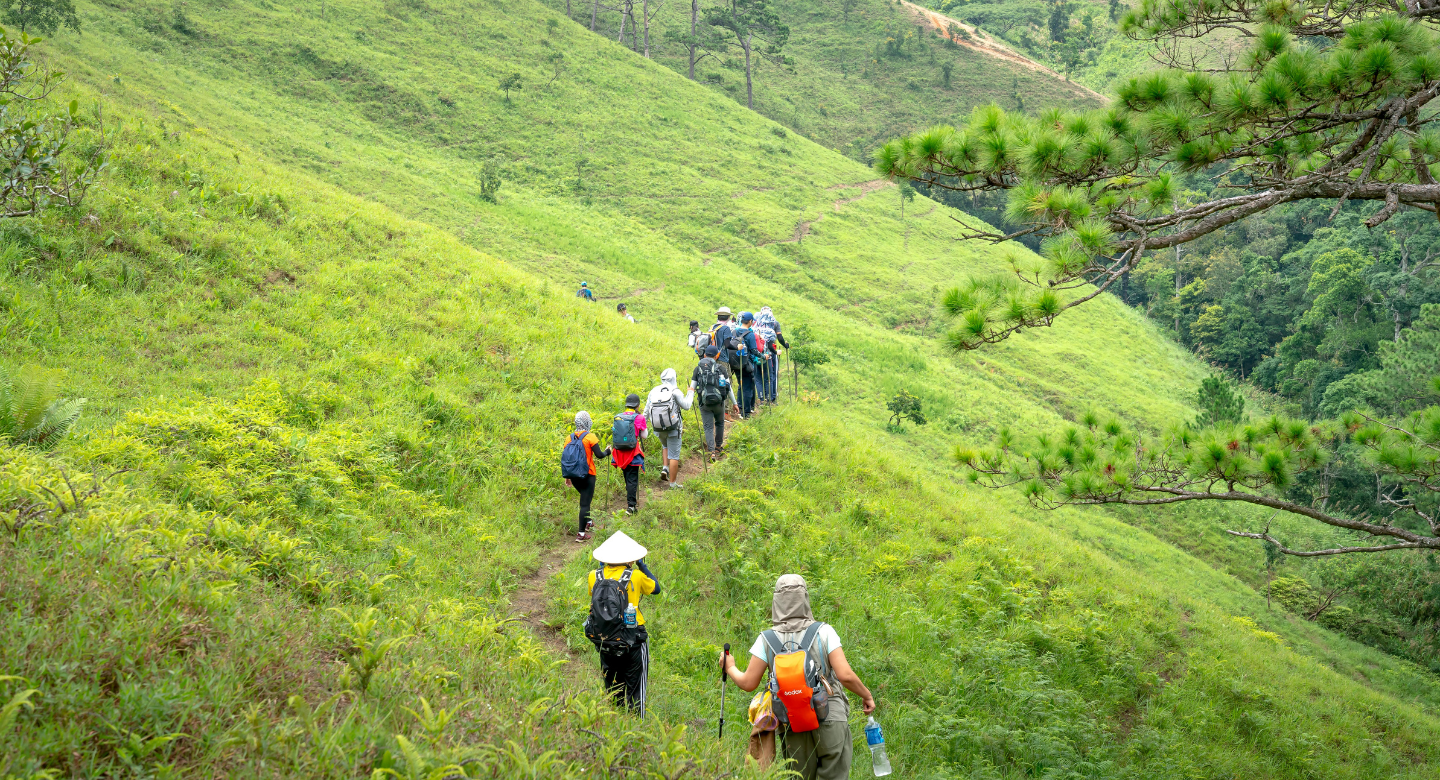
Weekend trekking is perfect for short escapes. Trails like Prashar Lake and Triund provide quick access to nature and relaxation. Ideal for balancing busy schedules, this type of trekking offers rejuvenation in just a few days.
Conclusion
In the end, different types of trekking styles provide a unique opportunity to connect with nature and experience the thrill of the outdoors. From the adrenaline-fueled adventurer to the environmentally concerned trekker, each kind brings its own unique viewpoint, motives, and experiences to the trails. Trekking is more than just reaching the mountain; it’s about how each adventure speaks to our unique interests, beliefs, and connections. Whether you’re interested in spiritual pursuits, animals, or photographing gorgeous vistas, there’s a trekking experience for you. So, draw inspiration from these many hiking methods and let the mountains guide you on your own unique experience. Accept the road that thrills and inspires you, and remember that every journey is a step towards finding more of yourself.
References
Dauren. (2024, December 6). 7 Types of Trekking: A Journey into Nature’s Embrace – Discover Altai. Discover Altai.
Frequently Asked Questions (FAQs) on 12 Types of Trekking to Experience
What type of trek is best for an adrenaline-seeking adventurer?
Adventurers usually enjoy challenging, high-altitude, or technical treks like the Everest Base Camp or the Annapurna Circuit. These treks often involve steep climbs, and unpredictable weather, and require good physical fitness.
What makes a trek eco-friendly, and how can I participate in one?
Eco-friendly treks are designed with minimal environmental impact in mind. They encourage the “leave-no-trace” principle, use eco-conscious gear, and often involve clean-up drives. Treks like Kareri Lake and Har Ki Dun emphasize these practices.
Are there family-friendly treks that are suitable for beginners?
Yes! Family-friendly treks like Kasol-Kheerganga and Chopta-Chandrashila offer moderate difficulty, safe routes, and scenic beauty. These treks provide a memorable outdoor experience suitable for children, seniors, and all family members.
What should I consider when choosing a trek as a first-time or novice trekker?
Start with beginner-friendly treks such as Triund or Deoriatal-Chandrashila. These treks offer manageable trails, shorter durations, and a chance to build basic trekking skills without extreme physical demands.
How can I experience local culture and interact with communities while trekking?
Consider a backpacking or budget-friendly trek, where local homestays and village visits are common. Treks in Parvati Valley or Nag Tibba allow you to connect with local culture, try regional cuisine, and interact with residents.
Which treks are ideal for a nature enthusiast interested in wildlife and scenic landscapes?
Treks like Valley of Flowers and Kuari Pass are perfect for nature lovers, as they showcase abundant flora, breathtaking landscapes, and opportunities to observe wildlife in natural settings.
Are there specific treks known for great photography opportunities?
For stunning landscapes and unique moments, the Chadar Trek and Hampta Pass are favorites among photographers. These treks offer a variety of scenery, including frozen rivers, lush valleys, and dramatic mountain views.
How can I stay productive if I work remotely as a digital nomad while trekking?
Digital nomads should prioritize destinations with reliable internet access or plan work in designated “digital camps.” When trekking, scheduling work around daylight and finding quiet spots for focus are helpful.

